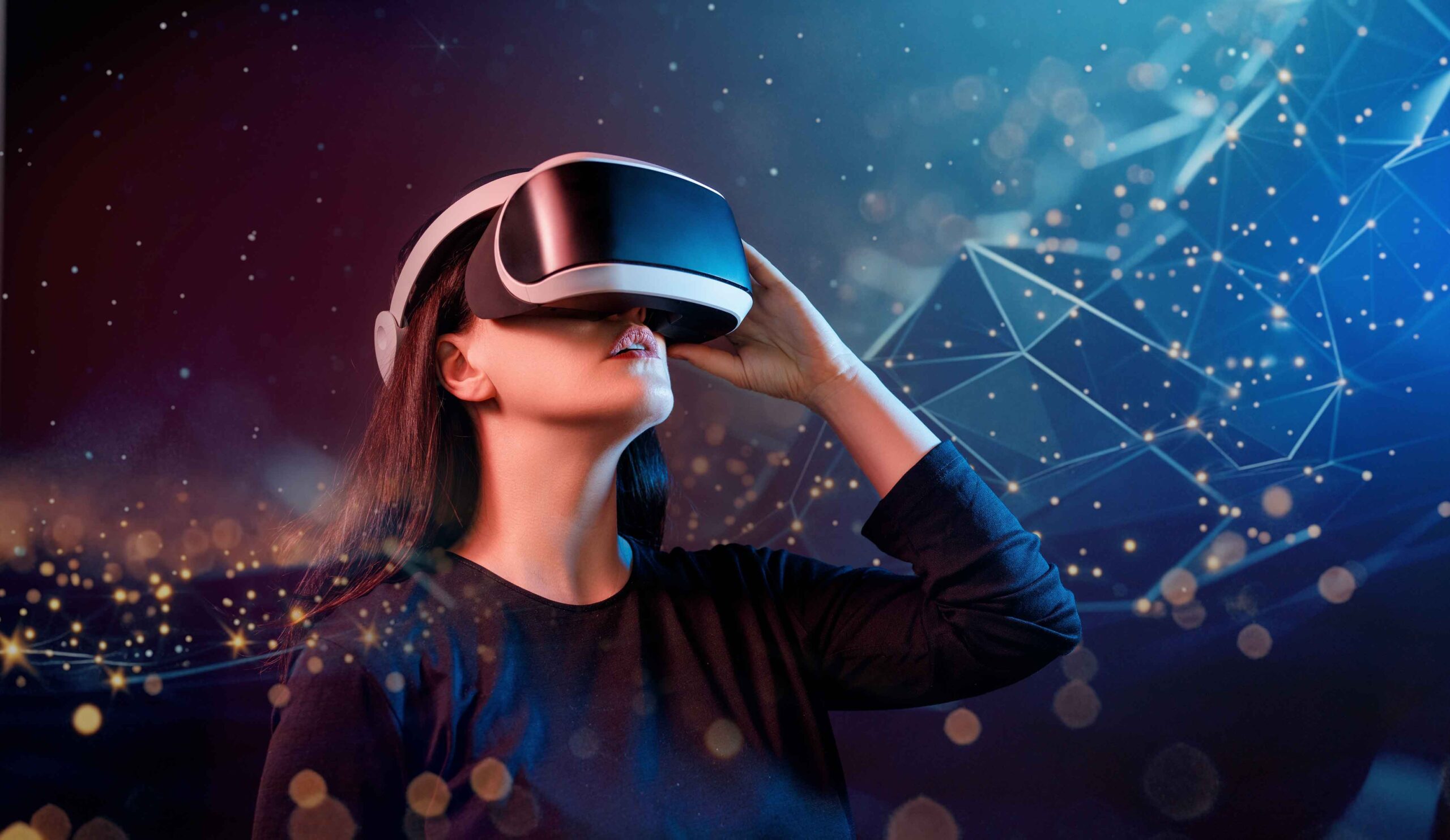3D Animation in Virtual Reality: What’s Next?
Virtual Reality (VR) is revolutionizing how we experience digital content, and 3D animation is at the heart of this transformation. With the rise of immersive environments, 3D animation in VR is pushing creative boundaries, offering new ways to engage with animated worlds like never before. But where is this technology headed, and how can you be part of it?
If you're passionate about 3D animation and want to stay ahead in this evolving industry, enrolling in Best VFX Classes in Bengaluru can be a game-changer. In this post, we’ll explore the future of 3D animation in VR, from cutting-edge tools to career opportunities.
The Evolution of 3D Animation in Virtual Reality
From Flat Screens to Immersive Worlds
Traditional 3D animation was primarily developed for films, games, and television. However, with the introduction of VR, animation has moved beyond flat screens into fully immersive experiences where users can interact with animated elements in real-time. This transition has opened up new possibilities for storytelling, gaming, and virtual experiences.
How VR Enhances 3D Animation
360-Degree Storytelling: Unlike conventional animation, VR animation allows viewers to step inside the scene and explore every angle.
Real-Time Interaction: Users can manipulate objects, change perspectives, and interact with animated characters.
Increased Engagement: Immersive experiences keep audiences captivated for longer, making VR animation a powerful tool for education, entertainment, and business.
Cutting-Edge Tools for 3D Animation in VR
1. VR Animation Software
Creating VR-ready animations requires specialized software. Some of the top tools include:
Quill: Developed by Oculus, this tool allows animators to paint and animate directly in VR.
Tvori: A powerful platform for creating VR storyboards and interactive animations.
Blender with VR Add-ons: A free, open-source 3D modeling and animation software with growing VR support.
2. Motion Capture Technology
To bring characters to life in VR, animators use motion capture (MoCap) technology, which records real-world movements and applies them to 3D models. Popular MoCap tools include:
Xsens (for high-precision body tracking)
Perception Neuron (affordable and portable motion capture system)
MetaHuman by Unreal Engine (for realistic character animation)
Applications of 3D Animation in VR
1. Gaming and Interactive Entertainment
The gaming industry is one of the biggest adopters of VR animation. With games like Half-Life: Alyx and Boneworks, we’ve seen a shift towards hyper-realistic, interactive environments where animation plays a crucial role.
2. Virtual Production in Films
Hollywood is embracing VR for previsualization (previs) and virtual production. Films like The Lion King (2019) and The Mandalorian used VR animation to create realistic environments before shooting live-action sequences.
3. Education and Training
VR is transforming education by making learning more engaging. From medical simulations to architectural walkthroughs, 3D animation is being used to create lifelike experiences for training and development.
4. Marketing and Advertising
Brands are leveraging VR animation to create immersive advertisements and product demos. For example, IKEA uses VR to allow customers to visualize furniture in their homes before making a purchase.
The Future of 3D Animation in VR
AI and Automation in VR Animation
Artificial Intelligence (AI) is making 3D animation more efficient by automating repetitive tasks. Tools like DeepMotion and Plask are introducing AI-driven motion capture, reducing the need for expensive MoCap suits.
Cloud-Based Animation Workflows
With the rise of cloud computing, animators can now collaborate in real-time using platforms like Omniverse by NVIDIA, allowing teams to work on VR projects from anywhere in the world.
Haptic Feedback and Sensory Integration
The next big leap in VR animation is haptic feedback, which allows users to feel animations through vibrations and force feedback. This technology is already being explored in VR gloves and suits, adding another layer of realism to animated experiences.
Conclusion
3D animation in VR is no longer just a futuristic concept—it’s happening now. Whether you want to create immersive games, stunning films, or interactive marketing experiences, VR animation is the future.
To stay ahead of the curve, you need the right training and expertise. If you’re ready to dive into this exciting field, consider enrolling in computer animation classes in Bengaluru to develop the skills that will set you apart in the industry.
What are your thoughts on the future of VR animation? Leave a comment below and join the discussion!




Comments
Post a Comment